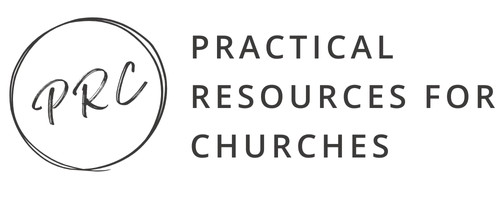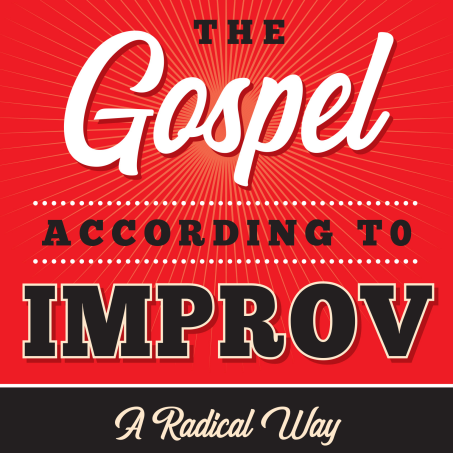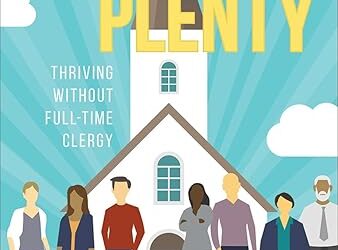Les Carpenter
Full disclosure: I absolutely love improv comedy. I have spent years of my life feeding my babies in the wee hours of the night while watching reruns of Whose Line Is It Anyway. When my babies became children that were interested in drama, I gleefully watched them work on their improv chops and found that my kids are unbelievably quick on their feet, highly focused on advancing a scene, and unparalleled in their wit. When The Gospel According to Improv arrived on my doorstep from the publisher for review, I did a happy dance on the stoop and exhorted my people to give me ten minutes to just read the first chapter.
Les Carpenter is an Episcopal priest in Texas who, in his first year serving in his first church, found himself in need of a hobby to help him “escape from the world of church” and provide him with a social outlet. He muses in the first chapter that it’s rather ironic that the very activity he sought to help escape the pressures of his work was what breathed life into it. He goes on to explain how working through awkwardness, one of the most common of human conditions, and finding ways to commit to and continue with the conversation between you and your partner is what can sustain, augment, and enrich one’s life in ministry. The basic rule of “yes, &” is what propels us along. ‘Yes’ means we accept our partner’s vision of reality (not because it is actually reality, but because it helps everyone establish where one is in this relationship). ‘&’ means we now commit ourselves to working with our partner (again, not because we are going to inhabit this reality if it isn’t reality, but because we want to get on the same page and effectively partner; there is flux in accepted reality and it takes commitment to the relationship to work together). This lens really has helped me examine some of the prickly church meetings I’ve had to participate in this summer; how do we commit to being the Body together, even when someone doesn’t want to adjust their beliefs, when someone doesn’t want to see other possibilities, when someone just wants someone to yell at? What is the ‘yes’ they have committed to and how can your ‘&’ help transform the conversation? Scattered throughout the book are discussion questions, exercises, and brain exercises, all designed to help the reader develop the craft of improv. Some sample skits are dappled through the pages, along with a lovely guide to crafting a conversational sermon.
There are many ways to use this resource in the life of your congregation. It lends itself well to an adult study during your faith formation time. There are plenty of discussion questions included, making it easy for a leader to kick off and sustain a session. There could be incredible power in creating a leadership retreat from this book; you could even run it on a digital platform that would allow participants to try out the exercises and brain exercises while muted and camera turned off if people were more reluctant to do these in front of others. I would bring this resource to my senior high youth, create a brick wall (either out of paper or a digital background), and commit to an 8 week session exploring how our “yes, &” practice affects our interactions with our community. I would also use this as part of a parenting class. There is great power in helping families find ways of being in intentional communication, committed to understanding each other’s reality. This book deserves a spot in your resource library because we all can use help in becoming more nimble in our communication and relationships.





I love your practical suggestions for how to use this book and others you’ve received.